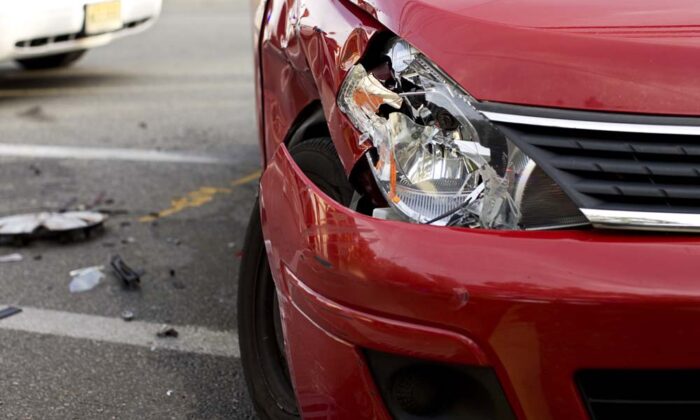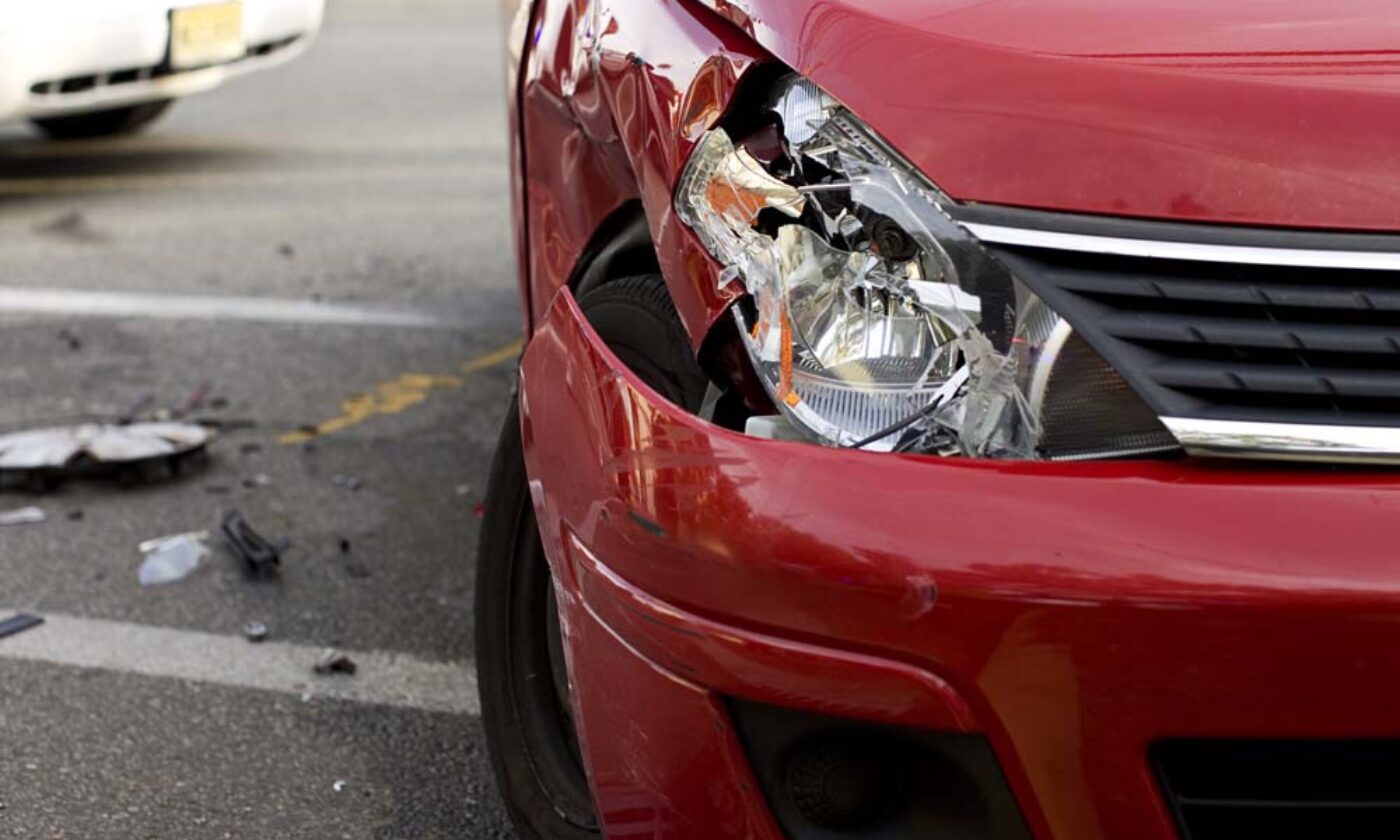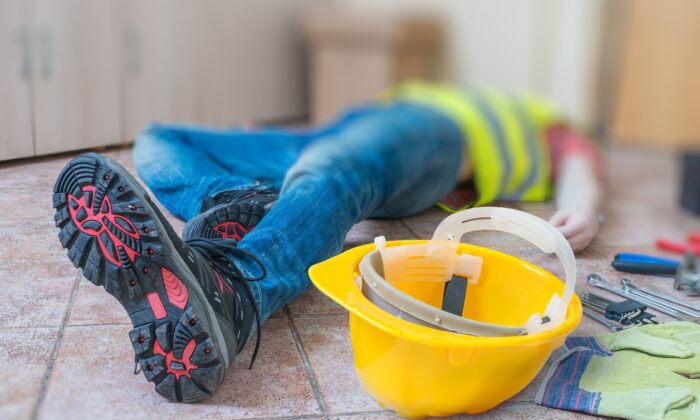Public Liability
Escalator and Elevator Accidents Compensation
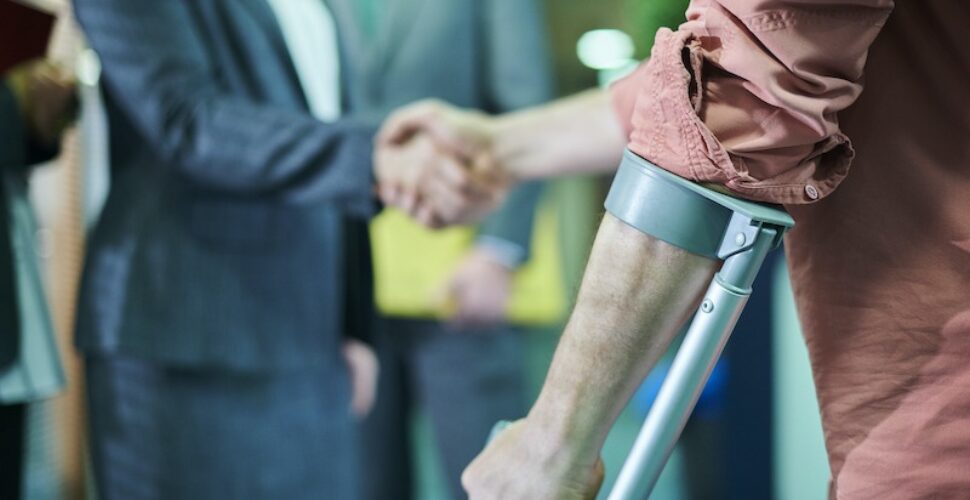
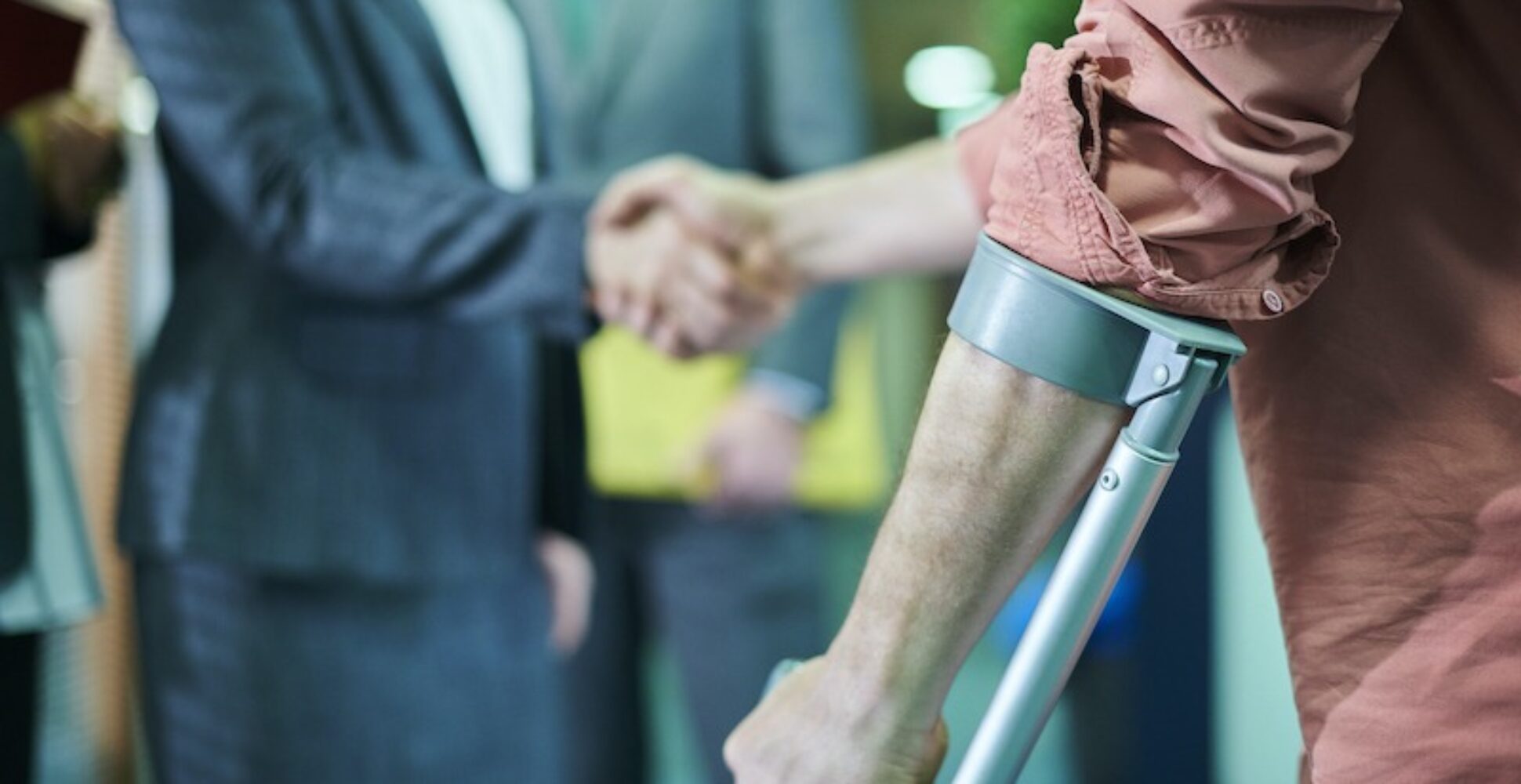
Whenever you enter a tall building, such as an office complex or a shopping mall, chances are you will ride an escalator or an elevator. Though you may use them without thinking twice about your safety, you are still as much at risk of having an accident as you would be if you took the stairs.
In the event that you get hurt as a result of an escalator or elevator-related accident, this article will serve as your guide to making an insurance claim for injury compensation. We’ll also answer other commonly asked questions regarding elevator and escalator accidents, including:
- What are the hazards of escalators and elevators?
- What is the most common injury in escalators?
- What should I do after being involved in an escalator or elevator accident?
- Who is eligible to make an escalator or elevator accident claim?
- Can I sue for emotional distress for being stuck in an elevator?
- How long do I have to file a compensation claim?
What are the hazards of escalators and elevators?
We don’t typically think about the hazards of riding escalators and elevators. But the truth is that there are several, as you would naturally expect from an indoor, motor-driven mode of transportation.
Below are common causes of escalator accidents and elevator accidents.
- Moving handrail: The handrail on an escalator moves along with the stairs. If the handrail is not properly secured, fingers or clothing can get caught up in it and lead to an injury.
- Moving stairs: An escalator poses multiple risks from its moving stairs. For example, if a person doesn’t get their timing just right, they can trip and fall while entering or exiting. They can also get their shoes or other objects caught in the gaps between steps.
- Getting stuck: Both escalators and elevators have been known to get stuck with people riding in them. In a stalled elevator, the people inside have to wait for help from the building’s staff or the fire department to get them free.
- Doors: Elevator doors can easily hurt someone if they close on a body part. There is also a small gap that people have to step over when they enter an elevator. This opens them up to the risk of catching a shoe, wheelchair, or suitcase wheel in it.
- Slippery surfaces: The surfaces of elevators or escalator stairs can become slippery and slick when they are wet. Slip and fall accidents occur often when liquid is spilled or the floor has just been cleaned.
- Poor lighting: Some escalators and elevators may be poorly lit, leading to people not being able to see where they’re stepping.
What is the most common injury in escalators?
The most common escalator-related injuries are soft-tissue injuries. These consist of bruises, sprains, and the like, and tend to result from slips and falls.
Other typical injuries include:
- Bone fractures
- Head trauma (i.e., concussion, internal bleeding)
- Dislocated joints
In very rare cases, it’s possible for someone to die from their escalator or elevator injuries.
How common are escalator accidents?
Escalator accidents in Australia are relatively uncommon, but they do occur. These incidents can range from minor mishaps such as trips and falls to more serious accidents involving entrapment or mechanical failures. While statistics specific to Australia might vary, escalator safety remains a significant concern globally, prompting ongoing efforts to enhance safety measures and maintenance protocols.
Authorities and organisations typically stress the importance of proper usage, maintenance, and supervision to mitigate risks associated with escalator use. Despite their rarity, escalator accidents underscore the necessity for vigilance and adherence to safety guidelines whenever utilising these common modes of vertical transportation.
How common are elevator accidents?
The rate of accidents occurring in an elevator is even lower than in escalators. Elevator accidents in Australia are relatively rare occurrences. Australia has stringent regulations and safety standards governing the design, installation, and maintenance of elevators, aimed at ensuring their safe operation.
While specific statistics may vary, incidents involving elevators typically involve minor malfunctions, such as temporary stops or entrapments due to mechanical issues. Nevertheless, authorities emphasise regular inspections, proper maintenance, and adherence to safety protocols to minimise any potential risks associated with elevator use. Overall, while elevator accidents are infrequent in Australia, continuous vigilance and adherence to safety guidelines remain essential to uphold public safety standards.
What should I do after being involved in an escalator or elevator accident?
If you’re ever involved in an escalator or elevator accident, these are the steps you should take:
- If possible, get to safety. That means getting off the escalator or elevator. If you’re in an elevator and unable to walk or stand up, you may want to remain still, so that you don’t risk worsening your injury.
- Assess the extent of your injuries
- If your injury is serious, call emergency services by dialing 000 on your mobile phone. If you’re unable to make the call, have someone else do it.
- If you have a minor injury and don’t wish to be taken to the hospital, make an appointment with a doctor to receive a medical assessment.
- Gather evidence to support your claim, including photos and medical documentation (i.e., medical bills, test results, etc.).
- Contact a personal injury lawyer to start the injury claims process.
Who is eligible to make an escalator or elevator accident claim?
Anyone can make an escalator or elevator claim in Australia as long as they fit the following criteria:
- They live or work in Australia.
- They were injured in an escalator accident or elevator accident on public or private property.
- The accident occurred due to the negligence of the property owner, who has a duty of care under Australia’s premises liability legislation to make their building safe for other people to use. Consequently, they’re liable to pay damages whenever someone hurts themselves on their escalator or elevator.
Can I sue for emotional distress for being stuck in an elevator?
You can sue for pain and suffering for being stuck in an elevator, but just know that this can be more difficult to prove than a physical injury. We advise that you speak to experienced personal injury lawyers like LHD Lawyers to have the best chance of filing a successful lawsuit.
How long do I have to file a compensation claim after an escalator or elevator accident?
If you suffered an escalator or elevator injury and want to sue for compensation, you must file a public liability claim within three years from the date of the accident. After that, you must notify the person or organisation that you believe is at fault about your claim within nine months of filing (or one month after meeting with a lawyer, whichever comes first). The person at fault is usually the individual property owner; or, in the case of public spaces, the local governing authority.
You can try to make a claim after this deadline, but you’ll have to explain why it’s necessary. A personal injury lawyer can assist you in this area, as well.
Make a public liability claim today
If you think you have a public liability claim from being injured in an escalator or elevator accident, LHD Lawyers can help everyday Australians receive the benefits they’re entitled to.
We are so sure of our abilities to win your case that we stand firmly by our No Win No Fee Policy: if we don’t win, you don’t pay. Call 1800 455 725 for a no-obligation consultation about your case.
Author: James Bodel

Check if you’re eligible or get free claim advice now
